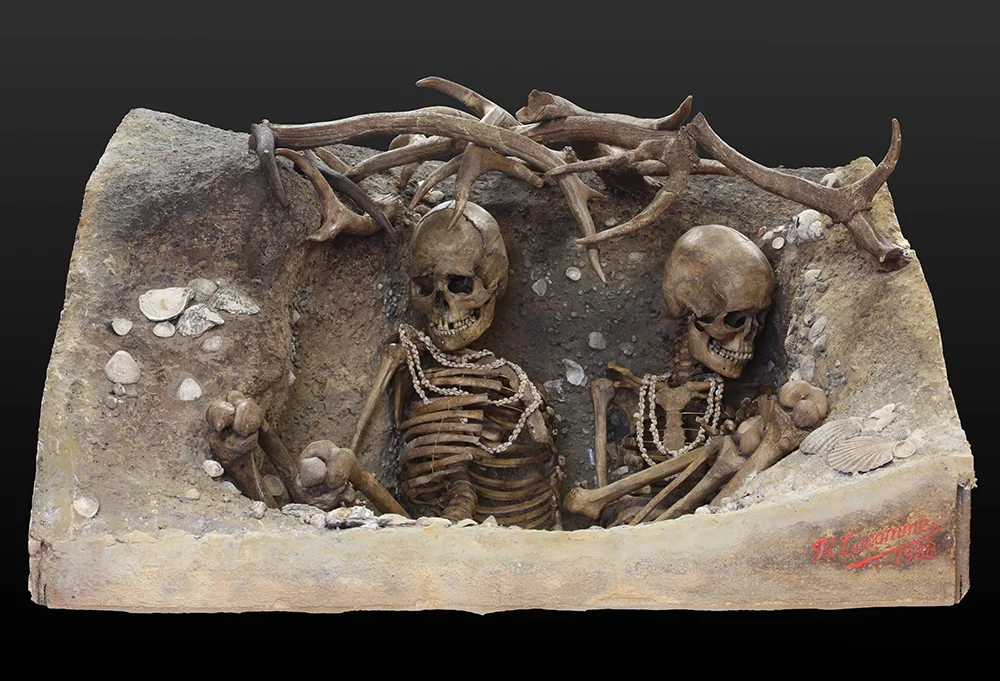3-D imaging provides researchers with brand new insights into Palaeolithic child’s skull trauma.
3D imaging of a Palaeolithic child’s skull reveals evidence of a potentially violent head trauma that probably lead to brain damage, according to a study published July 23rd, 2014 in the open access journal PLOS ONE by Hélène Coqueugniot and colleagues from CNRS- Université de Bordeaux and EPHE.
A Palaeolithic child that lived approximately 100,000 years ago discovered at Qafzeh in lower Galilee, Israel, was originally thought to have a skull lesion that resulted from a trauma that healed. The child was aged 12-13 at the time of death, but the circumstances surrounding the child’s death remain mysterious. In order to obtain a better understanding of the injury, the authors of the study aimed to look at the child’s impact wound using 3D imaging, which allows them to better explore the inner bone lesions and estimate brain size to reconstruct the events surrounding the brain trauma.
The 3D reconstruction has unveiled that the child’s skull fracture appears to be compound, with a broken piece depressed in the skull, surrounded by linear fractures. The authors suggest that this type of fracture is generally as a result of blunt force trauma, often from interpersonal violence, but can also occur accidentally. The depressed fracture probably caused a moderate traumatic brain injury, with the possibility of creating personality changes, trouble controlling movements and difficulty in social communication. The authors concluded that, the child represents the oldest documented human case of severe skull trauma available in south-western Asia. Additionally, it appears the child was the recipient of special social attention after death, as the body positioning seems intentional with two deer antlers lying on the upper part of the adolescent’s chest, suggesting that a deliberate ceremonial burial was carried out.

Hélène Coqueugniot added, “Digital imaging and 3D reconstruction evidenced the oldest traumatic brain injury in a Paleolithic child. Post-traumatic neuropsychological disorders could have impaired social life of this individual who was buried, when teenager, with a special ritual raising the question of compassion in Prehistory.”
Contributing Source: PLOS
Header Image Source: WikiPedia




